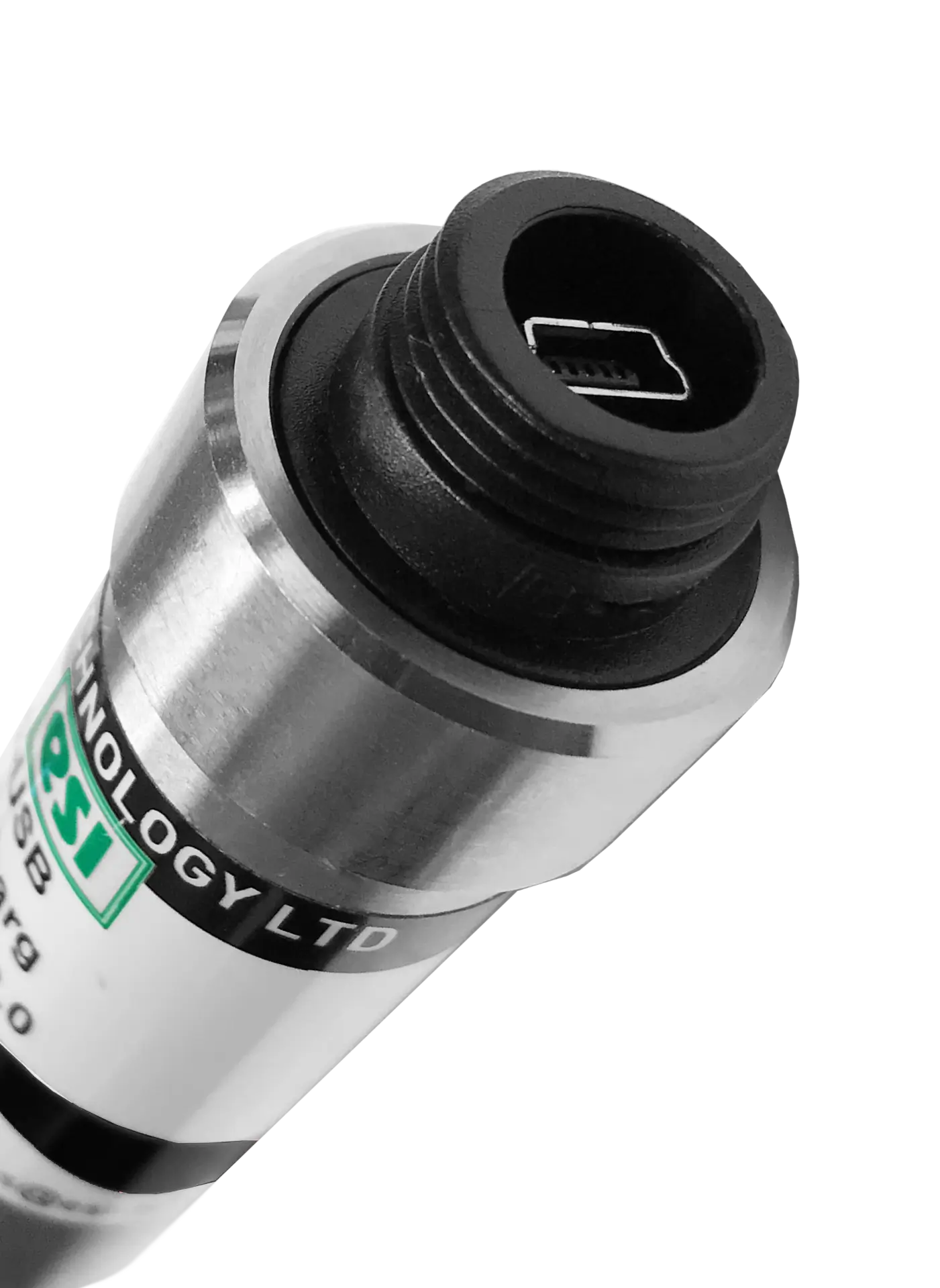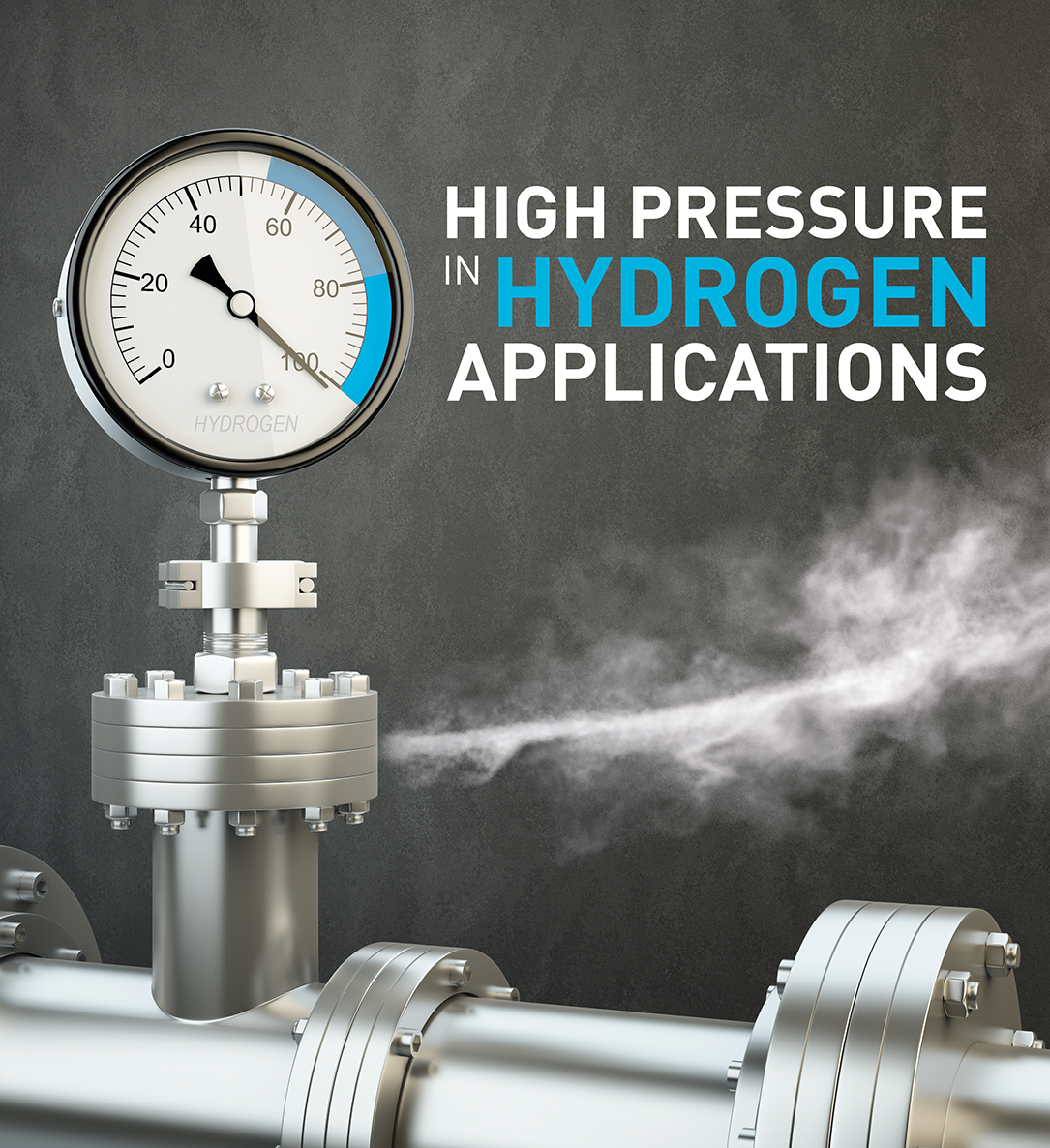Our Unit Converter
The ESI Unit converter allows you to quickly and easily access a conversion tool to work out your preferred unit of pressure measurement wherever you may be. Whether out on-site or in the office.

Download the ESI-USB© Software
The ESI-USB© software allows you to connect your ESI transducer to your laptop or PC and be up and running monitoring pressure data within ten minutes. The software auto-updates and is compatible with Windows 8, 10 & 11.


What is Intrinsic Safety?
Prevention is better than the cure???.
This is the basic principle of intrinsic safety. As the name implies, intrinsic safety refers to equipment and wiring that?s inherently safe. In other words, an intrinsically safe system is one with energy levels so low they cannot cause an explosion.
Intrinsic safety is a concept that was born in the mining industry in the early 19th century. At that time a lot of mining accidents were traced to sparks that were generated by electrical circuits used in mine lighting and signalling equipment etc. These mining accidents were explosions resulting from the ignition of a mine gas called Firedamp, which is now known to be composed primarily of Methane. Due to the nature of the working environment- underground mines without ventilation- the gas would become trapped inside and explode on contact with sparks. These mining explosions had larger number of fatalities than above ground explosions because of the confined area and the spreading of the fires and debris through underground passages.
To reduce the number of these accidents, it was proposed to use electrical equipment that could not generate sparks that could ignite the Firedamp. Intrinsic Safety was introduced.
Intrinsic Safety is one of a few methods available for ex-hazardous areas and is mainly used for measuring and control instruments like pressure transmitters.
The term hazardous area can be confusing. Hazardous area refers to any location with combustible material such as gases, dusts, or fibres that might produce an ignitable mixture. A hazardous area can be a sealed room filled with a volatile material or an area that is open to normal foot traffic, such as the area around a gas pump.
A device termed intrinsically safe is designed to be incapable of producing heat or spark sufficient to ignite an explosive atmosphere. Intrinsic safety (IS) is a protection technique that works by limiting the energy available for ignition. Devices or wiring are not intrinsically safe alone, only when employed in a properly designed IS system. Such systems are usually provided with detailed instructions to ensure safe use and maintenance. A measuring instrument certified for use in a hazardous area will be designed to operate with low voltage and current, and will be designed without any large capacitors or inductors that could discharge in a spark. The instrument will be connected, using approved wiring methods, back to a control panel in a non-hazardous area that contains safety barriers. The safety barriers ensure that no accidental contact occurs between the instrument circuit and outside power sources. No more than the approved voltage or current enters the hazardous area.
Certain principles must be followed in every application, regardless of the type of barrier used. For instance, intrinsically safe wiring must be separated from non-intrinsically safe wires by an air space, a conduit, or a partition. Wires must be labelled to distinguish hazardous area wiring from safe area wiring. Conduit and raceways inside hazardous areas must be sealed or vented so they do not transfer the hazardous atmosphere to the safe area.
Several different agencies develop standards for intrinsic safety, and evaluate products for compliance with standards. Agencies may be run by governments or may be composed of members from insurance companies, manufacturers, and industries with an interest in safety standards. Certifying agencies allow manufacturers to affix a label or mark to identify that the equipment has been designed to the relevant product safety standards
In the EU the standard for intrinsic safety certification is the ATEX Directive, while in other countries around the world the IECEx standards are followed. Standards agencies around the world harmonise activity so that intrinsically safe equipment manufactured in one country eventually might be approved for use in another without expensive testing and documentation.
Advantages of Intrinsic Safety
The most important advantage is that it is the only technique that is allowed to be used under Zone 0 of the IEC Classification system for hazardous areas. Other techniques like explosion proof (Exd) or any of the many other methods of protection cannot be used in Zone 0.
Overall, intrinsic safety is the safest, least expensive, and easiest-to-install method of protection available. With intrinsic safety, system integrity is not a concern because explosions cannot occur. Low energy requirements eliminate shock hazards and safety ?hot? permits so field instruments can be calibrated and maintained while power is on. The affinity to newer technology is one reason intrinsic safety is becoming the dominant protection method.



